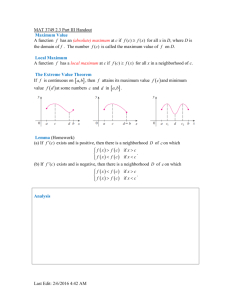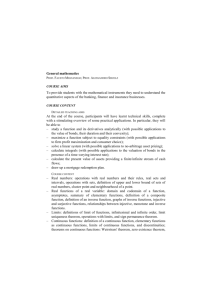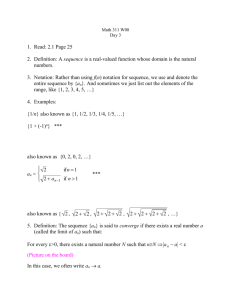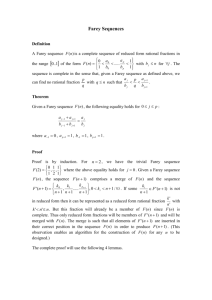Referee#2
advertisement
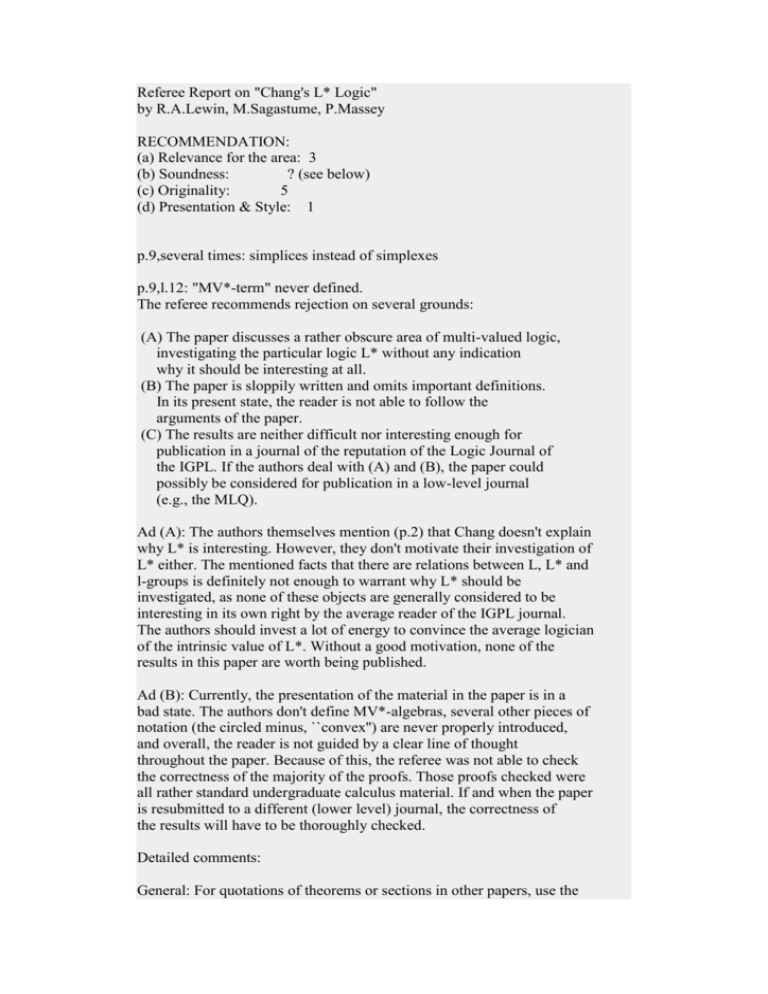
Referee Report on "Chang's L* Logic"
by R.A.Lewin, M.Sagastume, P.Massey
RECOMMENDATION:
(a) Relevance for the area: 3
(b) Soundness:
? (see below)
(c) Originality:
5
(d) Presentation & Style: 1
p.9,several times: simplices instead of simplexes
p.9,l.12: "MV*-term" never defined.
The referee recommends rejection on several grounds:
(A) The paper discusses a rather obscure area of multi-valued logic,
investigating the particular logic L* without any indication
why it should be interesting at all.
(B) The paper is sloppily written and omits important definitions.
In its present state, the reader is not able to follow the
arguments of the paper.
(C) The results are neither difficult nor interesting enough for
publication in a journal of the reputation of the Logic Journal of
the IGPL. If the authors deal with (A) and (B), the paper could
possibly be considered for publication in a low-level journal
(e.g., the MLQ).
Ad (A): The authors themselves mention (p.2) that Chang doesn't explain
why L* is interesting. However, they don't motivate their investigation of
L* either. The mentioned facts that there are relations between L, L* and
l-groups is definitely not enough to warrant why L* should be
investigated, as none of these objects are generally considered to be
interesting in its own right by the average reader of the IGPL journal.
The authors should invest a lot of energy to convince the average logician
of the intrinsic value of L*. Without a good motivation, none of the
results in this paper are worth being published.
Ad (B): Currently, the presentation of the material in the paper is in a
bad state. The authors don't define MV*-algebras, several other pieces of
notation (the circled minus, ``convex'') are never properly introduced,
and overall, the reader is not guided by a clear line of thought
throughout the paper. Because of this, the referee was not able to check
the correctness of the majority of the proofs. Those proofs checked were
all rather standard undergraduate calculus material. If and when the paper
is resubmitted to a different (lower level) journal, the correctness of
the results will have to be thoroughly checked.
Detailed comments:
General: For quotations of theorems or sections in other papers, use the
option of the LaTeX command \cite: \cite[Theorem 40]{label}. Also, the
authors use an idiosyncratic and inconsistent system of abbreviating the
terms "Theorem" etc. I found "Thm", "Theo", "Coro". It would be best not
to abbreviate these terms at all and write "Theorem", "Corollary" etc.
p.2,l.-8: have _to_ be rephrased
p.3: The referee found it at first rather unclear what is going on here.
It should be clearly said that these are the axioms and rules for the
logic L*. Also, it should be vdash_{L*} instead of vdash, since the latter
symbol normally denotes provability in some standard logic. The definition
of the word L*-theory also omits the important information that it should
contain the axioms of L*.
p.4,Lemma 1: This is a triviality. Why is it proved?
p.4,l.-7: denote by [phi] its \equiv-equivalence class
Section 2.2: Are Theorems 2 and 3 from [4]? If so, quote with exact
references. The definition of an MV*-algebra is missing.
p.5 (MP): What is the circled minus? (Connected to this, the authors use
the phrases "MV*-term" later without a proper definition.)
p.5,3.: What is "convex"?
p.5,Theorem 4,1.: This is very sloppy notation. Correct is {x:exists a in
I (x geq a)}
p.9,Lemma 14: This is an elementary calculus result and the obvious proof
can be omitted.
p.10,Theorem 15: Similarly, this is elementary first-year calculus and
doesn't have to be proved. In the proof, the authors claim that g(a)=0
implies that f(a) = 0. This should be f(a) leq 0. But I suggest deleting
Lemma 14 completely and stating Theorem 15 as a calculus fact without
proof.
p.11,Theorem 18: Parts 1. and 3. seem to contradict each other. Looking at
the proof on p.12, it seems that the authors mean the following: "There is
some Theta such that Theta^vdash neq Theta^models." This is another
example of the extremely sloppy notation.
p.12,l.1: Double "1.".
p.13,l.13: This seems to be essentially a repetition of the statement on
p.9,l.12. The style of presentation has to be streamlined.
p.13,1st display: This is a standard definition from first-year
undergraduate calculus. Why is it repeated here?
p.15,Proof of Theorem 22: The important keyword "polynomial" is missing in
the proof.
p.17,[12]: What is the reference? Paper [12] is absolutely important for
the understanding of the paper under review, and must be properly
referenced.




